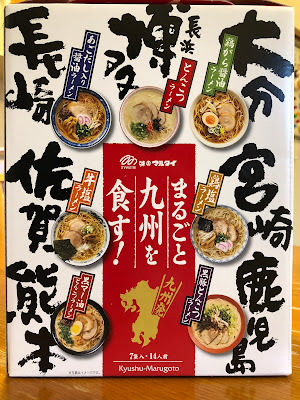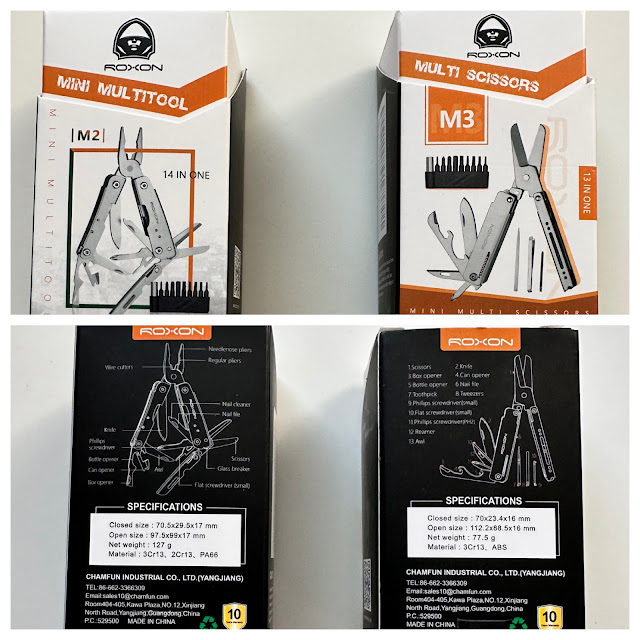My Writing Methods For My Novel Kumotawa Confluence
I completed the draft for my second novel, Kumotawa Confluence, last month. There wasn't a big celebration or fireworks - but there should be for anyone completing a big project! I started the novel back in 2020, so it has taken four long years and one pandemic interruption to get it to the finish line. Line edits and revisions are complete, and I expect to publish it in late summer or early fall as an actual book and will serialize it at the same time.
Kumotawa Confluence is an urban fantasy novel set in an alternate, modern Japan. Most of the action takes place on the foggy slopes of Mount Kumotawa, where ancient legends and modern myths add to its mystique. Undercover agents, a mysterious cat, a convenience store, and an ancient mountain shrine combine for a thrilling story.
 |
| An early cover concept. |
My writing methodology was invaluable for the completion of the novel. It allowed me to plot the story, determine who was involved, what key events were needed, and how much writing was involved. The products of the methodology were not perfect, but during those four years, I could determine how far along I was in the story and know what would happen next. I never had problems with knowing where I was in the story or writing myself into a corner. Major revisions to "make it work" were never required.
Four years is a long time to work on a writing project. I basically wrote when I had energy or spare time. It would have truly sucked to put so much energy into something and then not finish it. There are many ways to kill a writing project, so you need all the advantages you can get.
Using the methodology to build outlines and plot cards allowed me to stay on track. I would have long breaks in my writing and would need to pick up where I left off weeks later. I always completed my last chapter before pausing, but knowing what needed to be done next was good, although knowing you have half a book to write still is a bit daunting.
I posted several articles about my writing methodology and how to outline in the last couple of years. For the methodology, it was something I adapted from my experience writing fiction over the years and from my technical background. I'm quite used to working with various ideation and analysis/design processes related to software development, so it wasn't a huge leap for me. However, I will be the first to say that if you are a writer who is mainly a pantser, a loose outliner, or a discovery writer, then you are likely not to like my methodology. I'm structured to the point where I know the characters and what happens in the story, but my chapters are where the spontaneous creativity (aka pantsing) happens to make them a reality.
- Plotting versus Pantsing on writing a novel.
- Detailed Overview of my Novel Plotting Methodology.
- How to Outline a Story or Novel.
My methodology comes from the world of software development. If you don't have a design / final goal, you are going to fail. Even with the current "Agile" software development processes, there is design, even if proponents say they build in functional increments according to story maps and user stories. A user story in Agile is like a chapter in a novel. A story map is like an outline. In addition, someone is architecting a backbone somewhere; otherwise, things don't fit together and need to be redeveloped for anything medium to large in scale. When writing a novel, you need to know how to get to the ending cohesively and completely; otherwise, it will require many rewrites or look like patchwork.
I'm not for heavy planning, but you need enough to stay on track. It is better to make it work in your outline and plot cards early - it is like a prototype for your novel without all of the nasty detailed writing. If your outline doesn't look right or is unsatisfactory, how do you expect to actually finish a book by writing it out? Reworking an outline saves you tons of time over revising or discarding chapters.
So, how did my methodology help me write Kumotawa Confluence? I'll list what worked and what didn't work below.
What Worked
- I knew the ending or the initial ending in concept, and the story was structured to achieve that end.
- The outline and then plot cards allowed me to know what happened in each chapter and how many chapters to write. Some plot cards were more detailed than others as to the events and characters involved. Knowing where I was in the book and having a rough estimate of the effort remaining was a good thing.
- Having the backbone of the story well-defined allowed me to pick up where I left off with minimal review. I did worry a bit about consistency in the style of writing with the long gaps, but it worked out.
- I did not scrap any chapters or rewrite them. It is possible to tighten up the story and drop some side chapters, but I like the side chapters as they add to the overall atmosphere and background of the plot. My novel is about 139,000 words, and this would save maybe 12,000 words. There is one character I could drop, but it wouldn't save much in terms of writing, either.
What Didn't Work
- My concept for the ending didn't change, but I never knew exactly what was going to happen until I was writing the last quarter of the book. I knew I wanted an epic conclusion, but how would I make it epic? This is bad and a risk as it could cause you to rewrite quite a bit. It is also good you have a long time to think about it and make it better. I had to make revisions to chapters to ensure the proper buildup in character development and their abilities. I did not discard any chapters or gut anything.
- My outline and plot cards for the last quarter of the book were not detailed enough. It turned out that some chapters needed to be broken down further, so one chapter actually became three chapters to finish the plot card. I also inserted an additional chapter to better develop the story. I originally estimated the novel to have 100,000 to 110,000 words and it ended up being 139,000 words—a 30% margin of error. I had too many characters to write in at the end. This meant I hit the 80% done mark and realized I had way more work to do, so it was a little demoralizing.
- My character arcs were somewhat underdeveloped when I started the outlining. The methodology doesn't help with this, and this is something I would definitely create earlier for each character. I developed them more as I went, and it was halfway through writing the novel before I finalized the development of two of the main characters. This meant I went back to add things in earlier chapters to ensure their motivations and such were properly defined.
Conclusion
Using a methodology for writing my novel definitely helped me to complete it. I did not suffer from any major setbacks. I did run into some surprises and as I wrote, I did go back to revise earlier chapters to ensure foreshadowing or character development. My finished first drafts are like second drafts for most people, so I don't usually bang them out super quickly. It is a habit from my technical work as you can't afford to rewrite or redo things on a schedule/budget. I can say something is done, and it is done without thinking or revising something to death. I don't think it pays off to write like this as you get paralyzed by churn, but it works for some people to create a literary masterpiece. I think that some people are just more creative and that your writing improves the more you write. Writing more is the best way to write better. Your technique will improve, and you can draw upon your experience to craft stories better.











Comments
Post a Comment